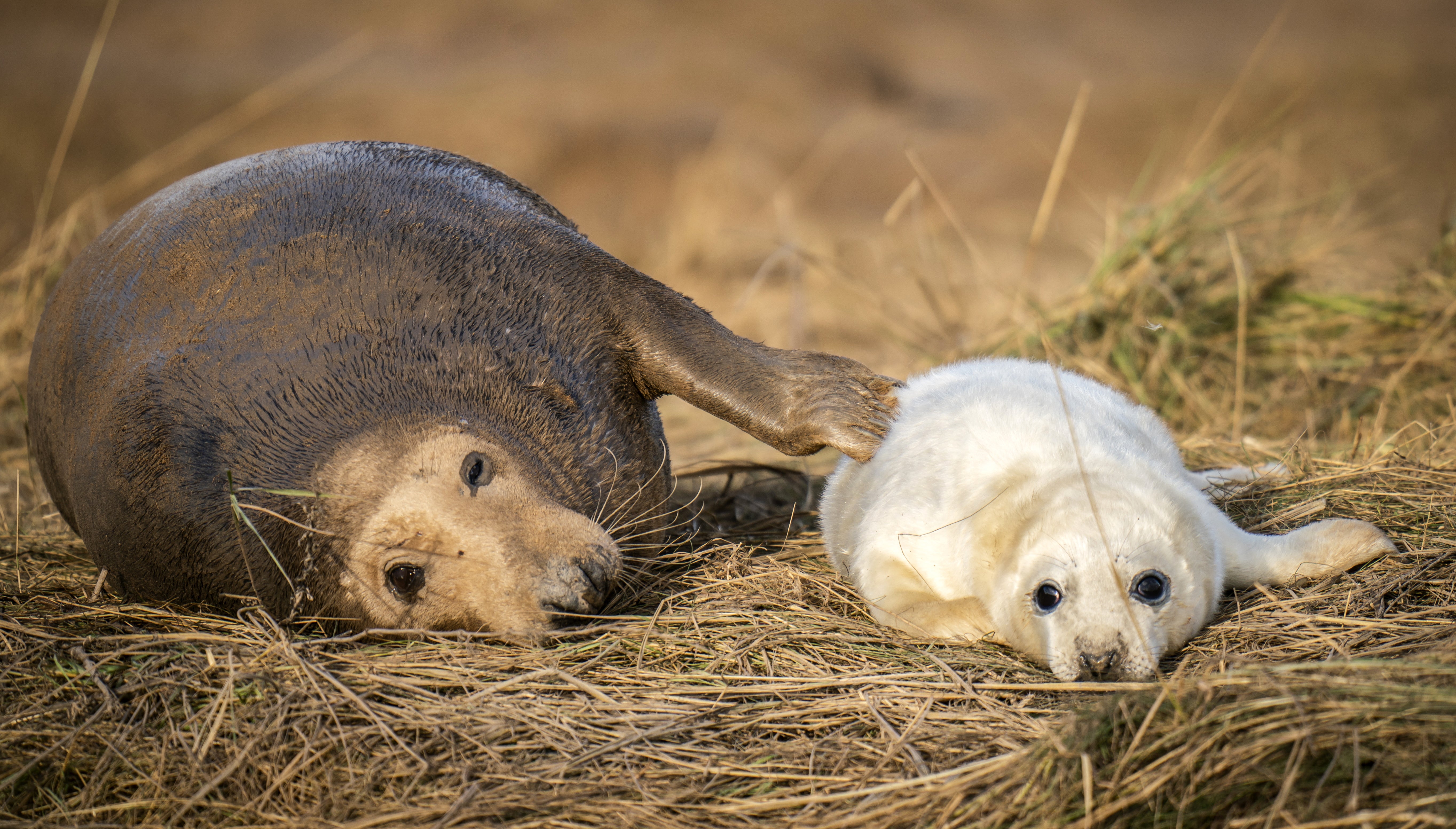Your support helps us to tell the story
From reproductive rights to climate change to Big Tech, The Independent is on the ground when the story is developing. Whether it's investigating the financials of Elon Musk's pro-Trump PAC or producing our latest documentary, 'The A Word', which shines a light on the American women fighting for reproductive rights, we know how important it is to parse out the facts from the messaging.
At such a critical moment in US history, we need reporters on the ground. Your donation allows us to keep sending journalists to speak to both sides of the story.
The Independent is trusted by Americans across the entire political spectrum. And unlike many other quality news outlets, we choose not to lock Americans out of our reporting and analysis with paywalls. We believe quality journalism should be available to everyone, paid for by those who can afford it.
Your support makes all the difference.Walkers who will be out and about on Britain’s coasts this bank holiday have been urged not to search for seal pups to take selfies with to keep the animals safe.
The warning comes after hundreds of seal pups were killed or injured during storms Arwen and Barra, which hit the UK between late November and early December. This period is also pupping season for grey seals.
According to Matt Barnes, from the Yorkshire Seal Group, 40 per cent of the area’s young seals were lost during the storms as a number of mothers and pups were separated.
He told The Times that some holidaymakers in the UK make it a “pilgrimage to go and get their ‘once a year’ shots of the mums and pups”, but the group is concerned about the remaining pups.
“The mortality rate for seals is high anyway and that is exacerbated further by encroachment by people,” he added.
Grey seals are protected in Britain under the Conservation of Seals Act 1970, as well as under the Wildlife (Northern Ireland) Order 1985 and the Marine (Scotland) Act 2010.
According to the Yorkshire Seal Group’s website, any disturbances could interrupt seals resting on land and cause stress, waste their energy reserves, or result in injury or death.
But the “cuddly”-looking animals face dangers from humans getting too close or dogs being off leads around them.
Some people also mistakenly put the animals back into the sea, believing they are helping. However, in 2019, a seal pup drowned after it was pushed into the sea twice by well-meaning passers-by.
According to the RSPCA, it is not unusual to see a seal pup on its own as mothers leave their offspring to fend for themselves at around three to four weeks old.
For the first three weeks of their lives, the fur-covered pups suckle from their mothers five to six times a day and rapidly put on weight. A healthy seal pup is described as looking like “a big, stuffed maggot without a neck”.
But after they are weaned, the pups are left alone and forced to live off their ample fat reserves while they learn how to feed themselves, which may take several weeks.
But if their feeding times are interrupted by humans eager to take photographs, the seal pups will not have enough fat reserves and therefore be at higher risk of dying after it is weaned.
Members of the public are urged to keep a good distance away from the seals and not to go near or touch them to avoid scaring them back into the sea, where they may become exhausted or run into difficulty.
The Yorkshire Seal Group’s advice for people that want to seal watch is to keep dogs under control on leads, keep quiet and out of sight, and use binoculars, telescopes or zoom functions on their camera to watch the animals.

Join our commenting forum
Join thought-provoking conversations, follow other Independent readers and see their replies
0Comments